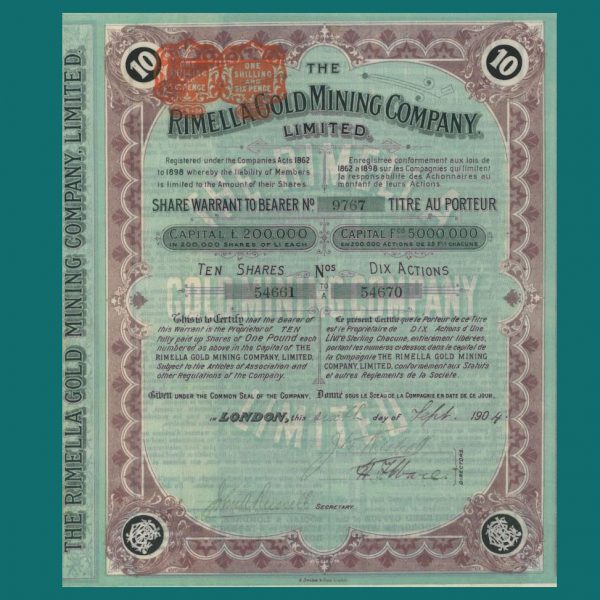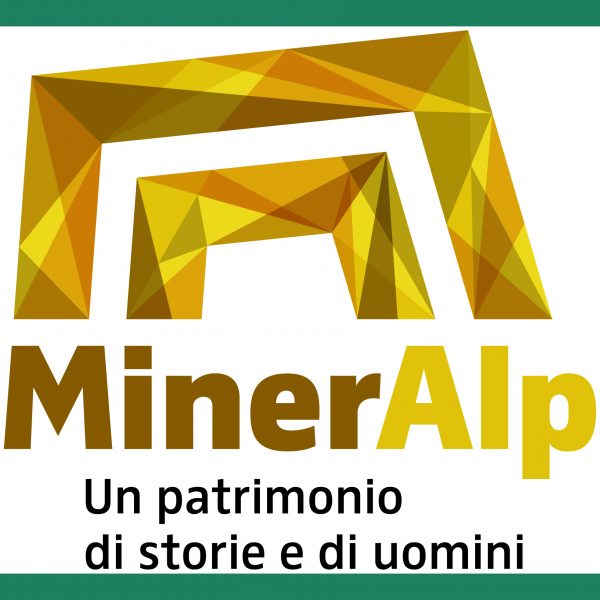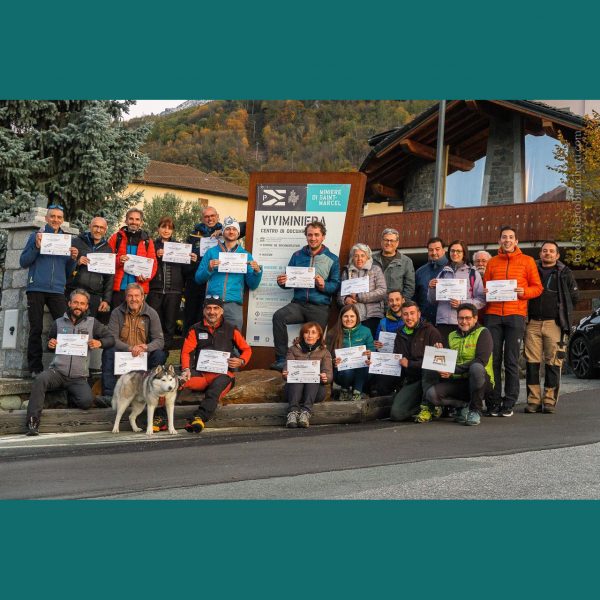The first group of Mining Heritage Guides enjoyed intensive training to keep geology and the history of mountain economies alive.
The mountains have for years been considered a place for enthusiasts. In recent years, however, there has been an approach to mountain places linked in particular to the naturalistic and environmental aspects; however, the visitor, and often also the resident, has little information on the birth and value of mountain economies. Since ancient times, mountain territory was a place of interest, not only for agriculture, but also for exploitation of the quantities of natural resources; among these, metals have always represented a value that deserves particular attention.
The closure of most mining activities has greatly reduced awareness and knowledge of this heritage and how this has affected the economies and transformation of mountain territories, according to human needs. The MinerAlp project aims to recover and disseminate this knowledge, in order to make these mountain areas more attractive again for their heritage, through the creation of itineraries and training of operators capable of helping people to understand how the mountain has contributed to the development of civilization.
The project is an Italy-Switzerland Interreg Project, working on a wide area across the two nations in the western Alps. From Mont Blanc to Lake Maggiore, a huge mining activity developed in past centuries, with a great impact on local communities and landscapes. There is a huge heritage made of places (mostly abandoned), knowledge and human memories about the hard work in mines and quarries. We need to keep this heritage alive and give opportunities to discover it as a new way of tourism, enriched with culture and adventure.
The MinerAlp project, launched in April 2019, will end at the start of 2023 with the recovery of three ex-mining sites (Kreas Mines in Alagna Valsesia, Gula Mine in Valsesia and Taglione Mine in Antrona Valley), the implementation of already recovered sites (Val Toppa Mine and Pink Granite Quarry in Baveno), new visitor and document centres (Valle Antrona and Saint-Marcel) and information points.
In addition, the project includes mapping and signage of about twenty geo-mining itineraries distributed throughout the project area, creation of video clips, documentary databases on a dedicated web platform, together with competitions for schools and training of local guides and tour operators for the promotion of the recovered heritage.
The first training session for guides lasted five days in person, and an additional 12 one-hour online sessions. The first appointment was dedicated to First Aid and BLS procedure, with final examination and certification of the guides. Then two different weekends were organised: one in Switzerland, at the Sessa Gold Mine, and the other in Aosta Valley, at the Saint Marcel Mining Park. During these two sessions, a very full programme included geology (basic concepts and alpine geology), mining geology of the Alps and mining engineering, and sessions about managing the mining heritage and managing of a visit in a touristic mining site. During both sessions, a specific visit to the local mining heritage was conducted by local guides: this gave the possibility to learn about the historical facts of the mining activities and to discuss together about managing visitor groups, both in an underground and an outside tour. To end the training, the participants followed some online conference talks focused on the geology and mining history of the different territories partners of the MinerAlp project.
Enrico Zanoletti works for GeoExplora Geologia & Outdoor (www.geoexplora.net) in Italy, where nature and adventure are in our spirit. For more information, you can contact: info@geoexplora.net.
To cite this article: Zanoletti, Enrico (2022) ‘MinerAlp project: Cooperation for mining heritage’ in Interpret Europe Newsletter 1-2022, pg.14
Available online:https://interpret-europe.net/wp-content/uploads/2022/04/PDF-Newsletter-2022_1-spring_draft-5.pdf






